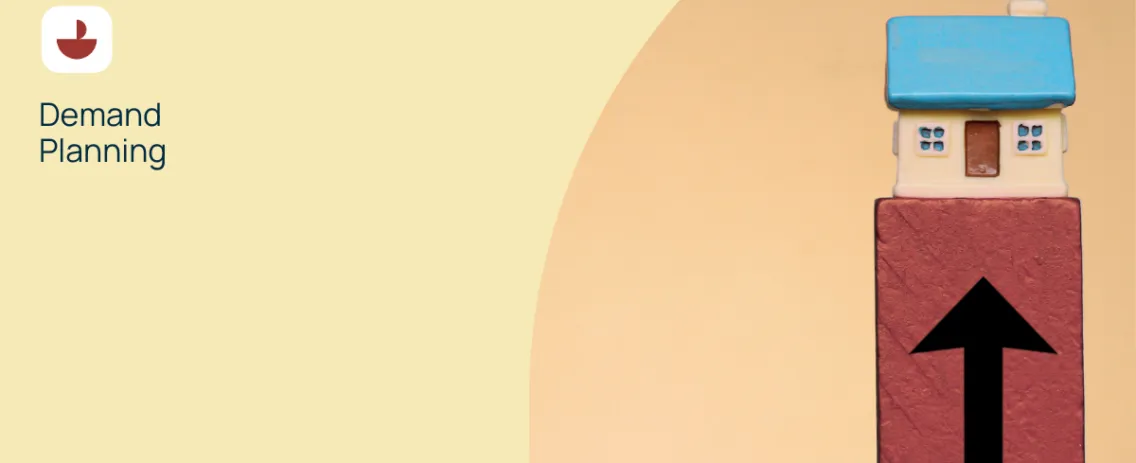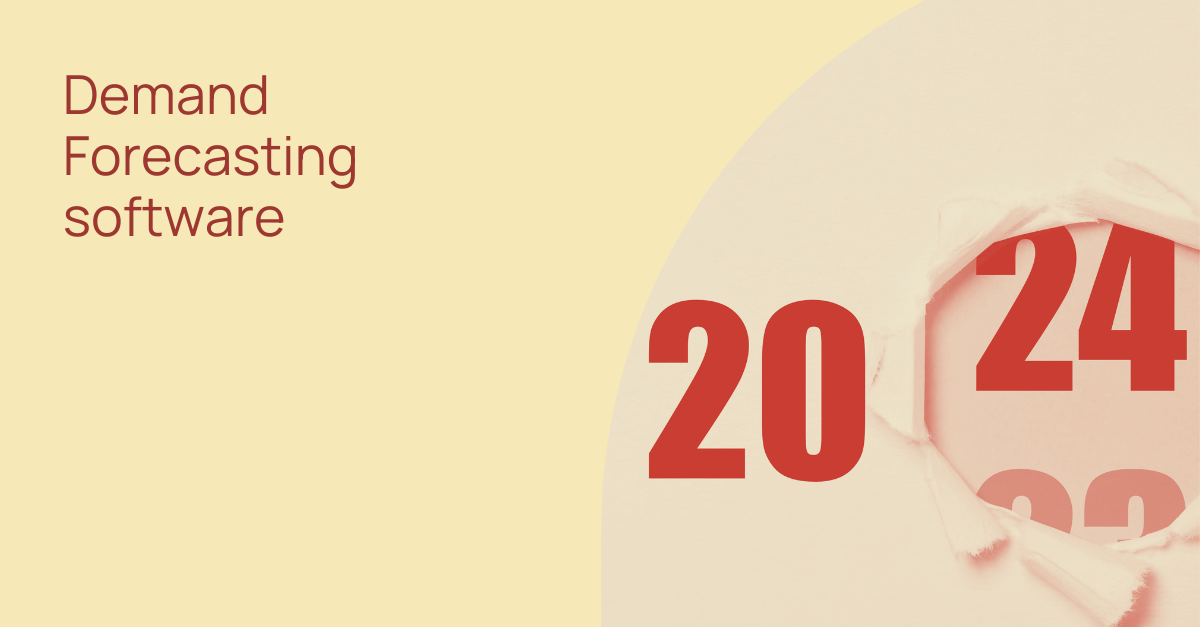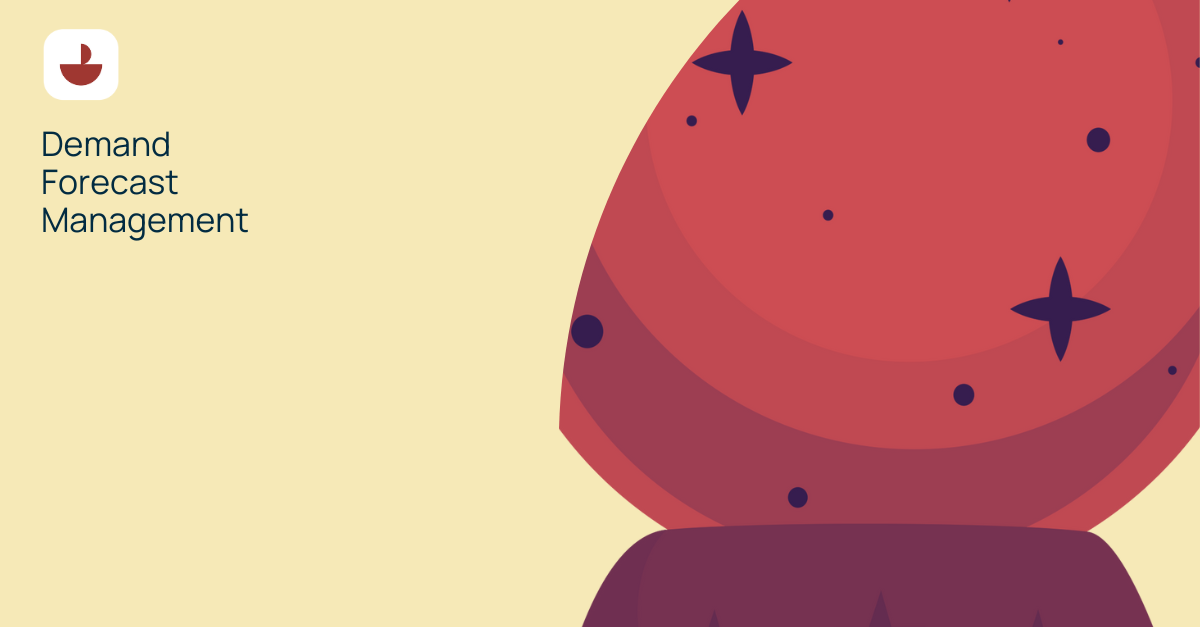
Mapping the future of CPG Demand Planning
No matter how unpredictable the world becomes, humans will try to divine the future and plan accordingly.
But in the consumer packaged goods world, intuition and educated guess are not enough.
Rather, executive leaders, functional teams, and individual professionals and specialists all need to understand what their company can achieve and consider their part in achieving it.
And because the future isn’t written in a stone, they need to be able to envision and plan for multiple future scenarios.
This article will look at the technology choices CPG teams face if they want to collaborate to improve CPG demand planning so that they’re not just forecasting the future, but actively shaping it in a sustainable way.
The changing context in CPG Demand Planning
Faced with a complex, even volatile, world, companies and teams are naturally keen to understand how everything from global events to their own actions will affect demand and how they should tailor their own plans accordingly.
Innovative technologies, in particular artificial intelligence, hold out the promise of more reliable, more accurate forecasts at a broad level, and better insight into how particular external events and internal initiatives may affect demand key metrics, particularly profitability.
Achieving this level of holistic insight into current operations and future performance is fundamental to developing a sustainable revenue generation management strategy.
But amazing as AI is, it requires one essential ingredient – a flow of timely accurate data. Each department has its part to play in shaping the organization’s future, and it is essential that the data and information they generate is easily available to AI demand planning tools.
But it also critical that the insights generated are relevant and accessible to the entire organization, whether that’s a promotion specialist evolving new strategies with a given retailer, or a C suite executive looking to evolve corporate targets which deliver sustainable profitability over the long term.

Key factors to look for in CPG Demand Planning tools
CPG planning is an ongoing, collaborative and holistic task. Once that is grasped, it’s clear that robust demand forecasting relies on the organization as a whole and the underlying technology which it is using. Choosing the right platform means considering a range of factors.
- Using AI to produce accurate baselines and forecasts
It’s no secret that artificial intelligence has the potential to transform CPG demand planning and forecasting in CPG, just as it has in virtually every other industry.
Cutting edge AI models have the potential to improve baselines, helping CPG professionals gain insight into precisely how they’ve performed in the past. This in turn gives them a reliable starting point for making future predictions, and, ideally evolving multiple scenarios which can take account of both unexpected events and the impact of their own initiatives.
Ideally, both the C-suite and frontline workers will be able to drill down as necessary, from gauging the effect of given actions at a macro level, to the impact on individual product lines or retailers.
But the potential of AI must be seen within a broader context.
- Smoothing data connectivity
As we’ve seen, AI-powered forecasting is simply not possible without quality data.
In legacy systems data can become trapped in departmental tools or spreadsheets, where it becomes stale and unshared. Feeding algorithms will usually mean breaking open the silos that separate different teams and functions – promotions and pricing for example.
And if AI forecasting tools are going to deliver the broadest, most nuanced possible view of the CPG’s world, they need to incorporate external information, such as syndicated data, market analysis, weather data, and more.
This means the latest AI must be allied with an underlying data connectivity platform that smoothly integrates the latest data and keeps it flowing.
Without that data flow, you may get a snapshot of the future, but not the evolving, multi-dimensional picture you need for resilient CPG demand planning.
- Enable cohesive teamwork and collaboration
This data flow is not unidirectional. The forecasts and insights generated by AI need to be disseminated across the organization, so that each department and team is working on the same version of the truth.
This also means they can see how their actions, and innovations, can affect those forecasts. The organization as a whole needs to be able to tailor these workflows, linking together different departments, and ensuring compliance and approvals accelerate decision-making rather than impeding it.
- Tying it all together to benefit the organization
CPG Demand planning, in addition to cutting edge forecasting technology, requires a platform that breaks down the barriers between functional teams, allowing the free flow of data and ideas. This will enable better synchronization and coordination between teams, ultimately ensuring their plans are optimized for the benefit of the company as a whole.
That could be as simple as ensuring that marketing and trade promotion in a given quarter are coordinated for maximum impact. But it also means that over time, teams are working to ensure all their activities feed into a long-term, sustainable revenue generation management strategy, delivering value for the CPG, and its retail partners, and ultimately, the consumer.

How Visualfabriq helps in CPG Demand Planning
Visualfabriq delivers tailored modules for key CPG functions such as trade promotions, trade spend, demand forecasting, and revenue management.
These are underpinned by a unique data integration suite, easing data management and sharing, both between the modules and with other corporate systems such as ERP. It also smooths the integration of external data from third partners, EPOS systems, and retail partners. All without the need for manual or semi-manual updating, reducing the possibility of mistakes and freeing CPG professionals from repetitive, uninspiring tasks.
The embedded AI at the heart of Visualfabriq ensures CPGs can extract the maximum value from the data. That includes ensuring accurate baselines and gaining insights into past performance. These in turn provide a launchpad for far more precise forecasts of future demand, including the ability to model multiple scenarios, taking into account the unexpected, such as potential supply chain disruptions, and factors under their control, such as new launches or promotions.
The highly integrated nature of Visualfabriq’s demand forecasting software ensures that individual teams can share plans and optimize accordingly. And they can tailor workflows to suit their organization’s needs.
Because Visualfabriq is delivered as a service, teams are always working with the latest features and most up to date algorithms. And costs are predictable.
The result is that all staff are working not just on a single view of the truth when it comes to the past and present but can collaborate on shaping the best future possible for the company, its retail partners, and its customers.
Takeaways
In an increasingly unpredictable world, it’s more imperative than ever that CPG companies focus on CPG demand planning as they look to ensure their own sustainable growth and deliver value to retail partners and customers.
AI has the potential to deliver more accurate baselines and forecasts – if it has access to the right data from the outset, including external information. That’s why it is best seen as part of an overall CPG demand planning platform that encompasses the key functions within a CPG organization, allowing them to pull together to deliver value for all stakeholders.
To understand how Visualfabriq’s software can help you shape your organization’s future get in touch and arrange a demo today.


